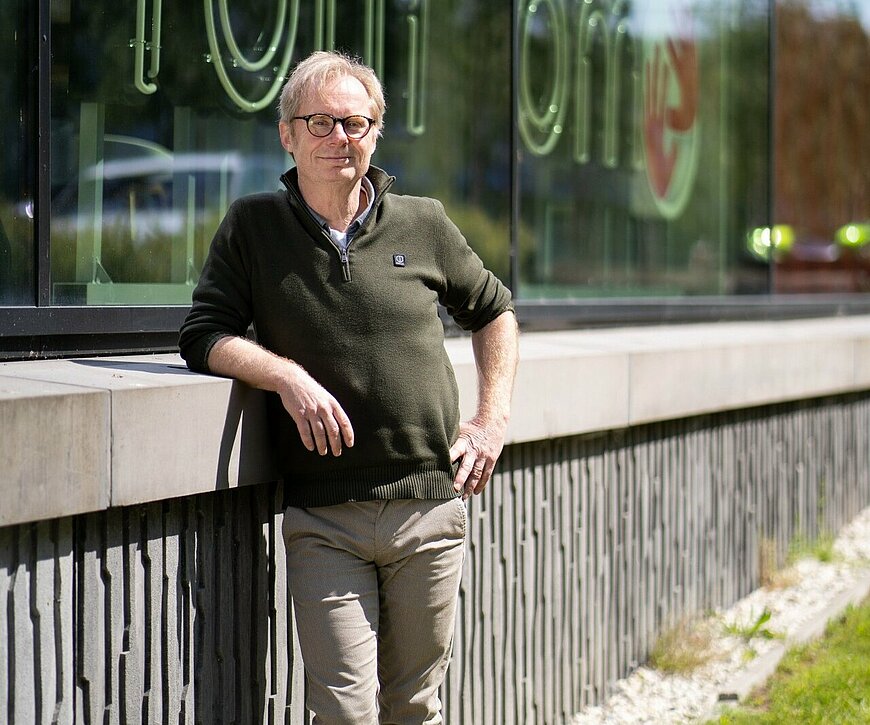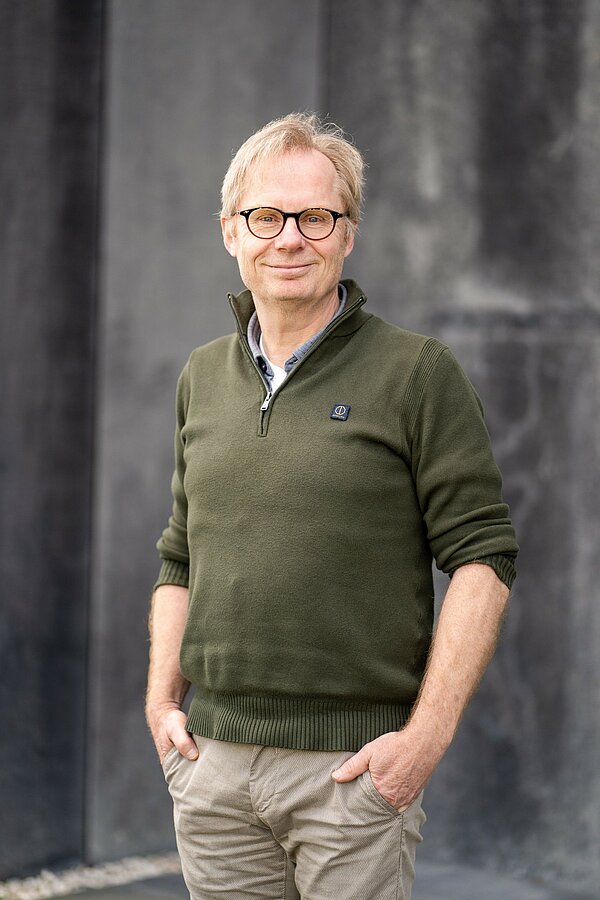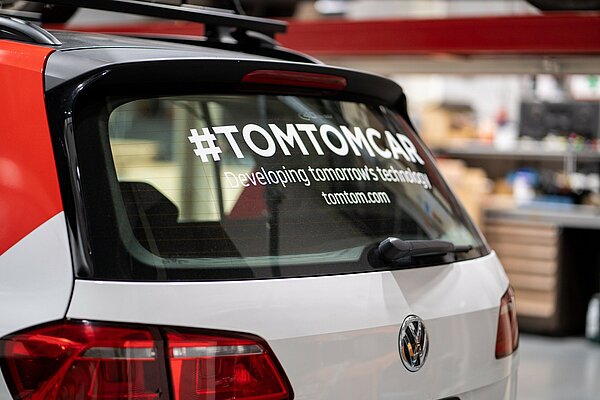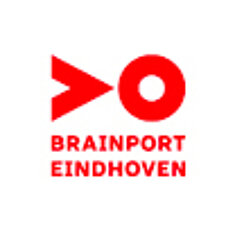Interview with Roland van Venrooij of TomTom, partner in the Digital Infrastructure for Future-Proof Mobility project

In English, DITM stands for Digital Infrastructure for Future-proof Mobility. As part of the project, Brainport Development is working with partner companies to implement the digital infrastructure for automated transport. This will enable us to organize our mobility in a more efficient and safe way. The project focuses on innovative digital map production systems that produce and update maps based on, among others, continuous road infrastructure sensor observations and the increasing number of "smart" vehicles on the road.

Please introduce yourself!
My name is Roland van Venrooij and I am Director Advanced Engineering at TomTom. In 1986, I started my career as a system architect at Philips Natlab Research. During that time, I was part of a small group of people that developed the first navigation systems. You need to realize that those first systems just fit in the cargo space of a delivery van. The idea was to reduce the size of the system so it would fit into the trunk of a family car. In 1993, our efforts resulted in the development of the first official navigation system. I have been passionate about the automotive industry throughout my career.
In 2007, I started working for TomTom. TomTom was known for its consumer navigation systems; almost every motorist had a TomTom navigation system on their dashboard. TomTom’s aim was to extend this market. In the beginning, I led the pre-development process to integrate the navigation function into the car’s dashboard. Now, TomTom has grown into a renowned automotive company. I have already worked for various TomTom departments. I am currently working for the map department, and, in addition to other activities, I am leading the DITM project.
What is the objective of the Digital Infrastructure for Future-Proof Mobility pillar you are working on?
We are trying to make mobility ever safer by using reliable maps. We use cars’ sensor observations to keep the maps up to date and digital data from public authorities to keep them accurate. To best shape the digital infrastructure of the future, it is important to work together and share knowledge. This is why DITM consists of several work packages. Each work package focuses on a specific task. The work package that I am leading as part of this project is Digital Maps & Traffic Management. Jointly with partners TNO, Monotch, Siemens, and Geomaat, we are trying to connect vehicles to the data available in the road infrastructure. We are developing different applications, such as a navigation system that provides lane level navigation, or one that allows cars to communicate with smart traffic systems. For example, traffic lights that stay green when a convoy approaches that should not be interrupted.
Future mobility does not imply that the majority of the cars will be autonomous. Many people still enjoy driving their car and find it relaxing. Therefore, our roadmap for the coming years focuses on ADAS: Autonomous Driving Assistance Systems. With these systems, the driver is still driving the car, but the system is assisting them with driving and parking functions. To enable this, you also need very accurate and more reliable maps. Sensors can detect what is happening at that exact moment, but you need a map to be able to look ahead.
TomTom's goal is to develop new navigation and ADAS products. Current navigation systems use GPS and satellites especially developed for localization. They provide certain accuracy, but if you want to move from road level to lane level navigation, your localization must be more accurate. The newer generation of cars are equipped with localization techniques and additional sensors, such as camera and radar sensors. Allowing the car to evaluate its surroundings.

Why is it so important to participate in this project?
I am eager to translate a good idea into a new product. Several years ago, a small team of people developed a concept: a real-time service that transmits the map to the car via the cloud. That concept is now a product, which is sold and hosted by a team of 50 people. I am only satisfied once an idea has been further developed into a product. After that, I want to get back to work to bring another idea to fruition.
In automotive research & development, cooperation with partners is essential. TomTom is a supplier to the car manufacturing industry. It is therefore important to align technological developments to the design of future generation cars, while considering the revenue model of the respective partner. If your new technology does not match with the car’s design, the whole innovation is blocked. That is why good ideas are often shelved. Managing system innovation is often underestimated. In system innovation, different technologies come together at the right time. Resulting in feasible ideas.
Every participant benefits from their participation in the DITM project. As part of the project, we are working together with various parties to develop a future-proof digital infrastructure. I am nearing the end of my career and DITM will probably be my last chance to bring a new major innovation to market.
How will these innovations affect the Dutch citizens?
All existing navigation systems already provide comfortable navigation from A to B, whether you use your own navigation system, or Google-maps. The innovations we are working on as part of DITM will make everyone’s journey a lot safer.

What parties would you like to work with to achieve success and what are the topics people can contact you for?
It is important that we have access to the entire mobility production chain. In this regard, Tier-1 companies, such as Aptiv, are interesting because they often integrate electronic systems into cars. If we cooperate with them early on, we automatically gain access to their customer base. The government’s role is also becoming increasingly important for automotive systems. For example, for the connection with cooperative traffic systems, the use of government maps and regulation of automated traffic.
Within DITM, we are also developing an idea to improve the accuracy of our maps. We want to improve accuracy based on the accurate location of lampposts. They can form a global network of reference points to match camera observations.
Brainport is the cradle of DITM. The project shows that collaboration has many benefits and that automotive cooperation with public mapmakers can be the Brainport area's main spearhead. Perhaps politicians do not realize that yet, so we need to get the publicity machine rolling.
